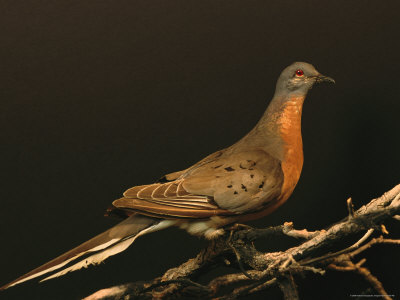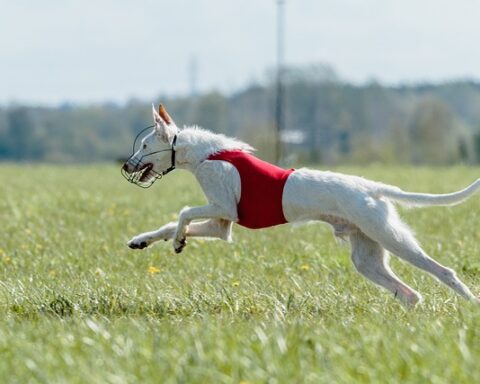This article explains some of the rarely known passenger pigeon facts and the reasons for passenger pigeon extinction. The Passenger Pigeon (Ectopistes migratorius) belongs to the family of Columbidae and the kingdom is Animalia. They were also known as Wild Pigeons. These birds were primarily the permanent residents of North America in the early 20th century. However soon they started to disappear due to deforestation. The estimated population of these wild pigeons was about 3 – 5 billion in North America. These species were considered to be one of the most common birds until the end of 19th century. They flew in flocks of millions. Major decline begins when these birds were allowed to eat domestically. Making things worst these birds were also caught for commercial purposes.
Passenger Pigeon Facts
- The size is same to that of the Rock Pigeon. The males were 42 cm (16.5 inches) long, while the length of the females was about 38 cm (15 inches).
- They weighed around 340 – 400 g (12 – 14 oz).
- These types of pigeons were greater as compared to the Mourning Dove.
- The length of their tail was about 23 – 23 cm (8 – 9 inches).
- These species were highly sociable and they are normally found in large gatherings consist of hundreds of individuals.
- Passenger pigeon felt comfortable in groups as compared to when they were alone.

Passenger Pigeon Reproduction Facts
- They built their nests in forests where food and water are abundant. These pigeons cover vast range of areas. In Wisconsin, these birds cover more than 850 sq. km (2,200 sq. miles), and the total number of individuals exist count to 136 million. They are one of the most common species in the world.
- The nests were 1 foot in diameter and are normally made of twigs and sticks.
- The incubation (keeping the eggs warm) period lasts for 12 – 14 days.
- Both parents contributed towards the incubation process.
- The chicks remained with their parents for at least 30 days.
What did Passenger Pigeons Eat?
These birds predominantly fed on chestnuts, seeds, worms, small insects, beechnuts, acorns, and berries.

Where did Passenger Pigeons Live?
- Passenger pigeon facts about its adaptability display that these species migrated only in winter season. The migration commonly came about in March and April.
- They ordinarily travel great distances in that they didn’t often return to the same place for years.
- The normal traveling speed was 50 – 60 miles per hour.
- They spent entire summer in the Rocky Mountains and Canada all throughout North America. These birds rarely travel toward Mexico and Cuba.
Threats to Passenger Pigeons
Apart from the predators such as foxes, wolves, weasels, and hawks, they were also threatened by humans. Humans consumed these birds for commercial as well as domestic purposes. Passenger Pigeon facts about its extinction show that deforestation and habitat destruction further adds to the extinction of these pigeons. Since they were often found in large flocks, humans did not find any kind of difficulty in catching them. Once caught, the numbers are in hundreds. Native Americans were the first one to hunt down these pigeons for eating purposes. Not only this, they were also very fond of hunting these pigeons just to ensure their target accuracy leaving it dead in the forest.






